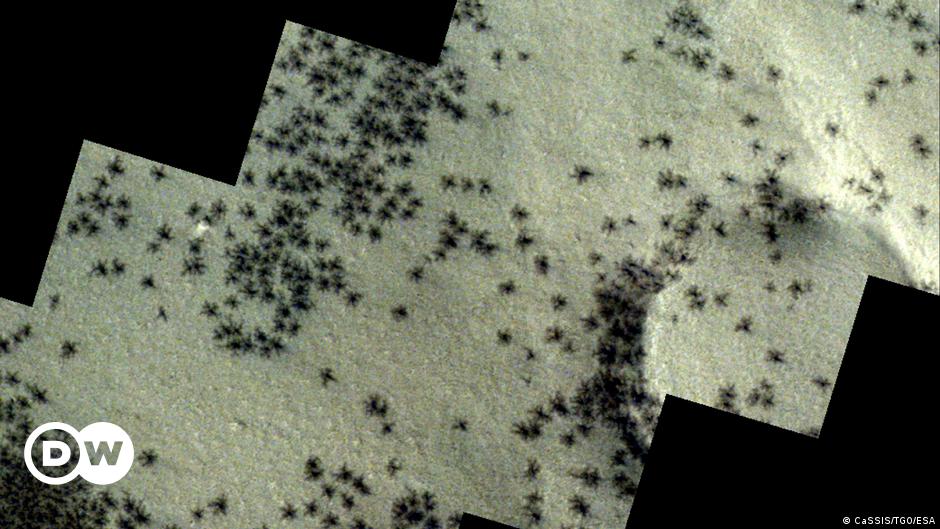Comet Leonard will be at its closest point to Earth on December 12, 2021 and will be at its best. Astronomers estimate that this celestial body can be seen with the naked eye, coming from the limits of the solar system on a journey of 40,000 years.
Comet Leonard, scientific name C/2021 A1, was discovered earlier this year outside the planet Mars. It is now traveling at 47 km/s and will pass less than 35 million km from our planet on Sunday.
From December 15, it will also be visible in regions closer to the equator and from the southern hemisphere. Leonard will remain relatively close to our planet for the rest of the month, which is why it has also been called a “Christmas comet.”
How to locate and see Comet Leonard?
On December 12, the comet will appear half an hour before sunrise, very low in the sky, above the eastern horizon. For this reason, it is recommended to find a place where that area is clear of obstacles, such as mountains or buildings.
If you usually distinguish the constellations, you can find the comet under the Serpent and in the middle of Ophiuchus.
Live broadcast of Comet Leonard’s visit
For those who do not have the opportunity to appreciate the comet on Sunday, the Virtual Telescope Project organization, based in Rome (Italy), will be broadcasting a live broadcast of the astronomical event.
In Argentina it will be clearer at 2.15 am
How do you see it in the next few days?
As of December 15, Comet Leonard will begin observing on the other side of the sky (between west and southwest) about half an hour after sunset.
First, it will be above the horizon, and as the days go by, it will appear higher in the sky. This will improve visibility mainly in the southern hemisphere.
If the comet doesn’t disintegrate within the month, we’ll see it move away until it reaches perihelion (its closest point to the sun) on January 3, 2022 and says goodbye to the inner solar system for the next 80,000 years.


:quality(85)/cloudfront-us-east-1.images.arcpublishing.com/infobae/MNC54VXNEZFZRNQPRR5NB7S774.jpg)


:quality(85)/cloudfront-us-east-1.images.arcpublishing.com/infobae/76Q3V4IS6W7CAP5TT6MVJGCHMQ.jpg)